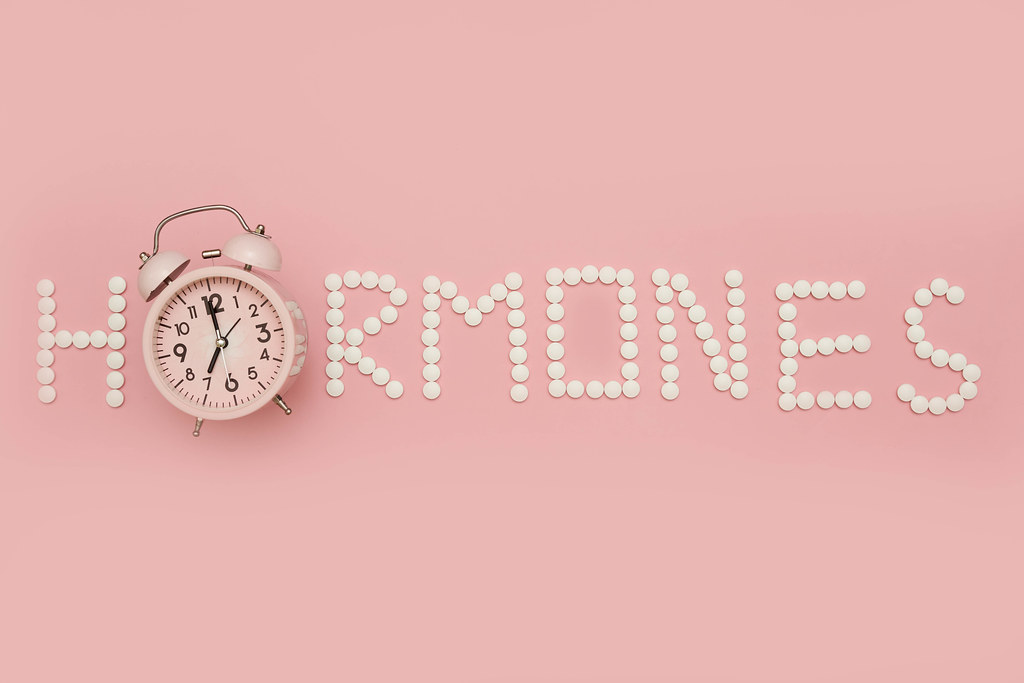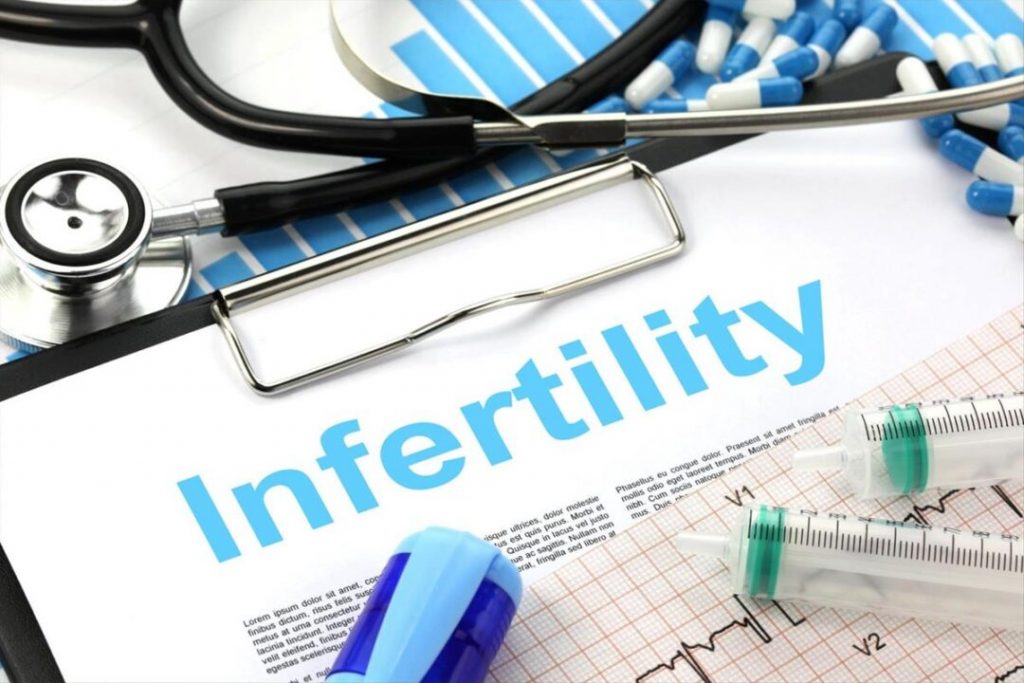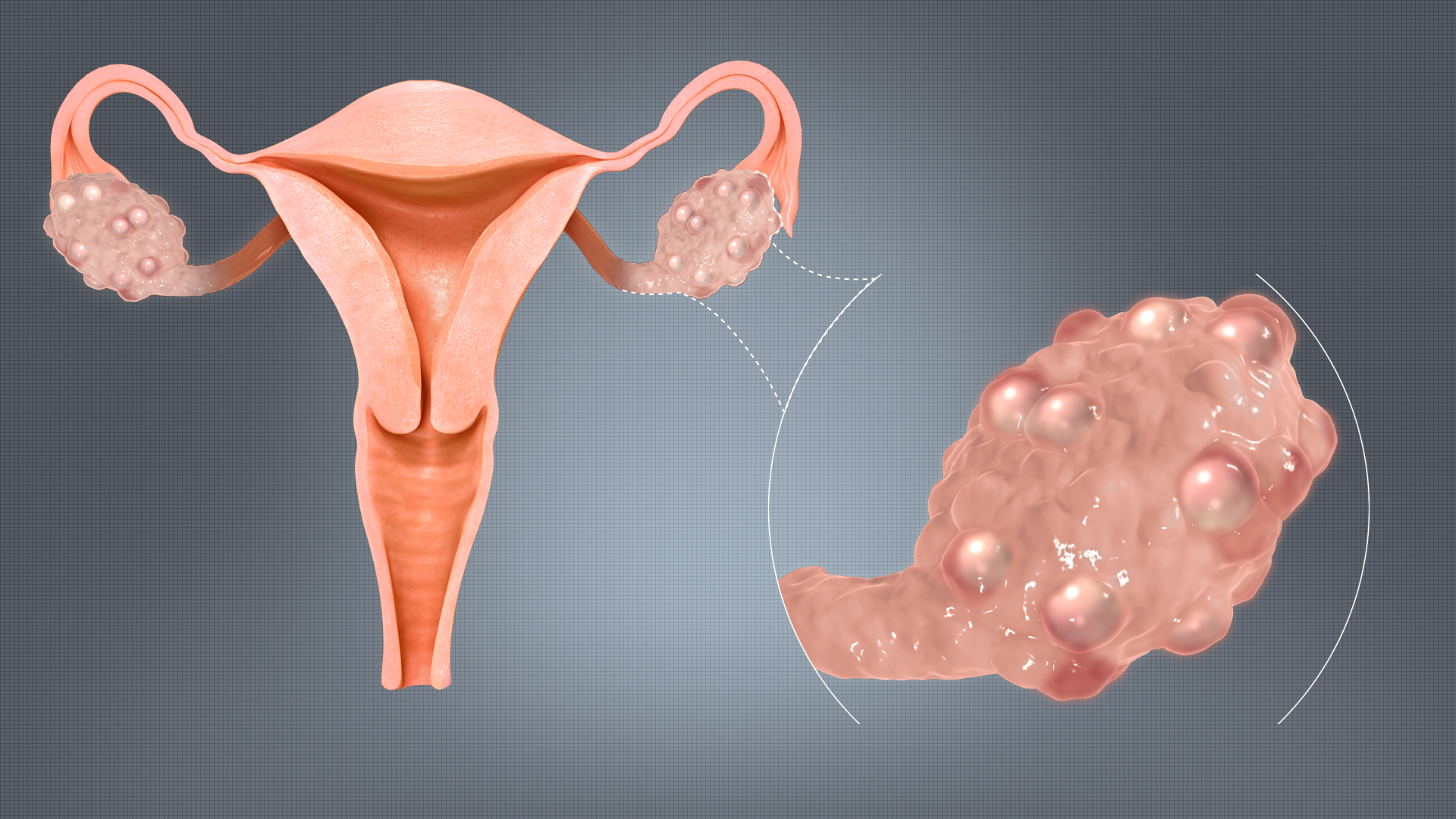Of late, discussions about PCOD and PCOS have been gradually rising on social media private groups consisting of PCOS and PCOD survivors and concerned stakeholders. Still, there is very little understanding of polycystic ovary syndrome (PCOS) and polycystic ovarian disease (PCOD) among many Nepali women. However, they are very common health problems, found in every one in 10 women of childbearing age in the world.
Even if some women have known about these conditions, they get confused if PCOD and PCOS are the same. No doubt, both these conditions are related to the ovaries and menstrual problems and cause hormonal imbalance, irregularities in periods, and menstrual cycles. Still, they are different.
Let’s take a closer look and understand the difference between these two conditions:
What are PCOD and PCOS?
PCOD is a condition when the ovaries release many partially mature or immature eggs that turn into cysts. Every woman has two ovaries, one on either side of the uterus, and every month, ovaries release an egg alternately and also produce hormones like estrogen and progesterone in very few quantities.
On the other hand, PCOS is an endocrinal problem when the ovaries produce excessive androgen than usual, which disturbs the development and release of the eggs. And, some of the eggs turn into cysts, and rather than being released during ovulation, these cysts develop in the ovaries and even get enlarged in size. PCOS also causes metabolic disorders and further increases the risk of obesity, diabetes, and many other chronic health disorders.
What are the causes?

PCOD is a condition caused by the imbalance of hormones whereas PCOS is a disorder of the endocrine system. Research suggests that genetics and hormonal imbalances play a significant role in both PCOD and PCOS. Likewise, the production of excessive insulin and low-grade inflammation also might increase the production of androgen.
What are the symptoms?
Irregular periods or no periods, hair growth, heavy bleeding, acne, darkening of the skin, weight gain, depression/anxiety, headache, mood swings, sleep-related disorder are some of the common symptoms of PCOS and PCOD.
However, there are also some major differences such as PCOD can be rarely detected at an early age whereas symptoms of PCOS are visible since the start of puberty. Women with PCOD will have irregular periods rather than not having the periods. Likewise, obesity is more severe in PCOD than PCOS.
How often do they happen?
PCOD is more common compared to PCOS. It is considered that about one-third of the women around the world suffer from PCOD while the patients with PCOS are lower in number.
So, what should you do?
PCOD can be managed with the balance of proper diet and physical activities. As compared to PCOD, PCOS is more serious in nature. In order to manage PCOS, treatment of multiple factors leading to this syndrome is a must, which includes prescribed specific medications and changes in lifestyle.
In order to treat both conditions, it is a must to diagnose on time and follow the treatment plan recommended by specialists.

Do they have an impact on fertility?
Conception can be more challenging for women suffering from PCOS compared to PCOD. PCOD does not cause infertility in every woman with this problem. With some medical aid, women with PCOD can possibly conceive and have a smooth pregnancy.
As the ovaries produce androgens in excessive levels and thus cause hormonal irregularities, it will be very difficult to conceive and get pregnant. In order to conceive, balanced hormonal cycles are a must as this allows the ovum to release and infuse with the sperm post-intercourse.





















